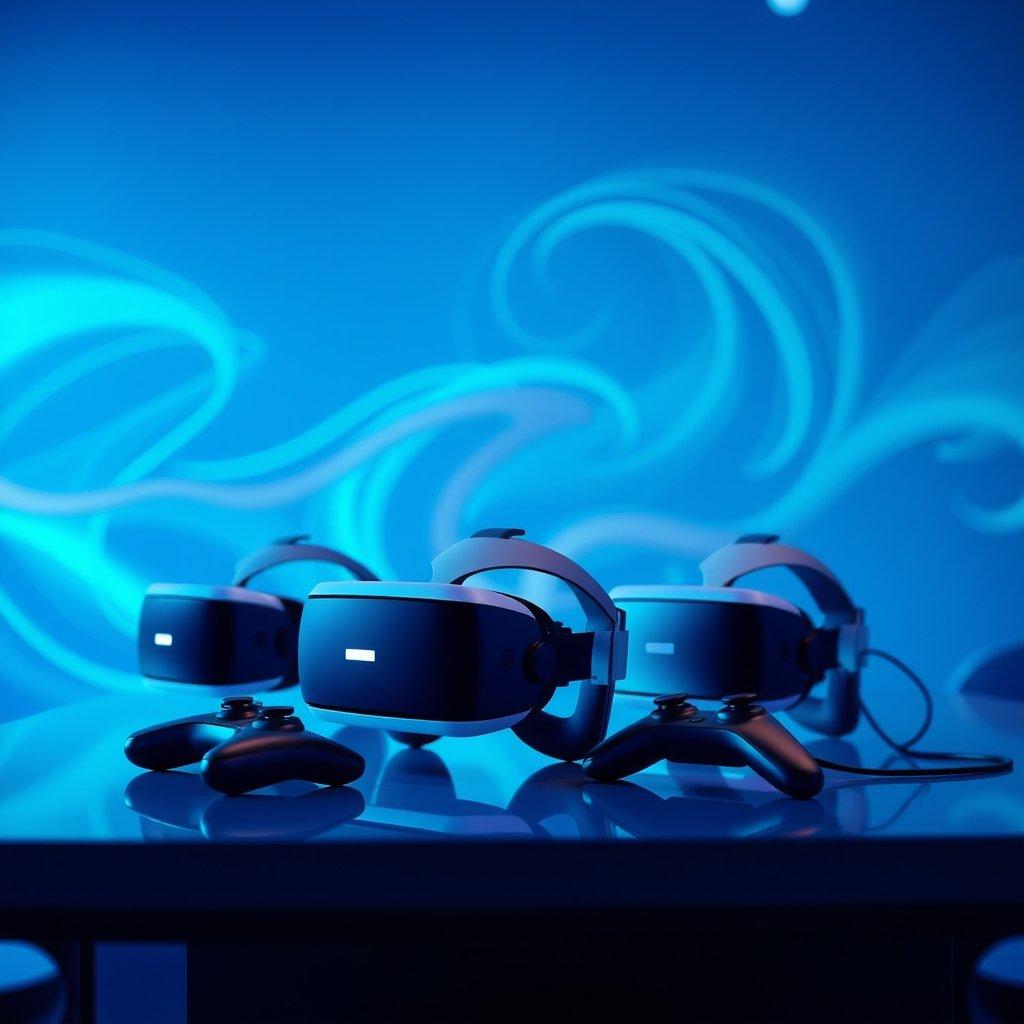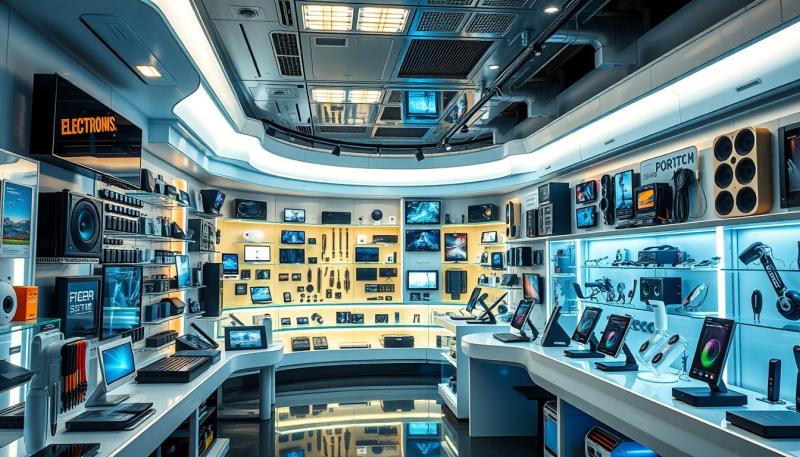Virtual reality (VR) technology has rapidly evolved in recent years, revolutionizing the way we interact with digital content. With its immersive and interactive nature, VR has captivated the interest of individuals worldwide, offering new possibilities in various industries such as gaming, education, healthcare, and more. In this comprehensive guide, we will delve into the intricacies of VR technology, its applications, and how it is shaping the future of our digital experiences.
Understanding Virtual Reality Technology:
Virtual reality is an artificial environment that simulates a user's physical presence in a different world or dimension. It typically involves wearing a VR headset or goggles, which track the user's head movements and adjust the view accordingly, creating a sense of presence within the virtual environment. This technology often incorporates other sensory inputs, such as sound and haptic feedback, to enhance the realism of the experience.
VR Hardware:
To fully immerse oneself in virtual reality, the right hardware is paramount. VR headsets come in various forms, ranging from tethered systems, which require connection to a powerful computer, to standalone devices that run on their own processing power. Leading companies in the VR hardware industry include Oculus (owned by Facebook), HTC, Sony, and Valve Corporation.
Key components of VR:
Display Technology: High-resolution displays, such as OLED or LCD panels, are essential for creating realistic visuals within the VR headset. The resolution, field of view (FOV), and refresh rate significantly impact the overall quality of the VR experience.
Tracking Systems: To accurately replicate movements in the virtual environment, VR systems utilize tracking technology. This can involve external sensors, cameras, or built-in sensors within the headset itself. Tracking systems can be categorized as 3DOF (Degrees of Freedom) or 6DOF, with the latter offering more precise and immersive tracking capabilities.
Input Devices: Interacting with the virtual world requires intuitive input devices. These can range from handheld controllers, tracking gloves, or even full-body suits. Some advanced systems have incorporated eye-tracking technology for enhanced interactivity and control.
Applications of Virtual Reality:
Gaming and Entertainment: VR has revolutionized the gaming industry, allowing players to step into immersive virtual worlds and experience games like never before. From action-packed adventures to realistic simulations, VR gaming offers unparalleled levels of immersion and interactivity.
VR Racing Game: Ultimate Virtual Reality Driving Experience
Experience the thrill of realistic virtual reality driving with our VR Racing Game - the ultimate gaming experience for all gadget enthusiasts
Product information
$85.48
Product Review Score
4.85 out of 5 stars
102 reviewsProduct links
Education and Training: VR has immense potential in education and training, providing realistic and safe environments for simulations. Medical students can practice complex surgical procedures, while astronauts can train for space missions. In addition, VR can transport students to historical events, archaeological sites, or even distant planets, enhancing learning experiences.
Healthcare and Therapy: Virtual reality has proven to be a valuable tool in healthcare, aiding in pain management, rehabilitation, and mental health treatments. VR exposure therapy is increasingly used to treat phobias, PTSD, and anxiety disorders, allowing patients to confront their fears in a controlled and safe environment.
Architecture, Design, and Real Estate: VR enables architects and designers to create virtual walkthroughs of buildings and spaces before they are constructed. This allows clients to visualize and make informed decisions about their projects. In the real estate industry, VR tours enable potential buyers to explore properties remotely, saving time and resources.
Social and Collaboration: VR is evolving into a social platform, allowing users to meet and interact in virtual spaces, regardless of their physical location. Virtual conferences, meetings, and social gatherings are becoming more commonplace, offering a new dimension of connection and collaboration.
Future Prospects and Challenges:
As VR technology continues to advance, various challenges and opportunities lie ahead. Improvements in display resolution, reducing motion sickness, and enhancing haptic feedback are areas of ongoing research. Additionally, VR technology is expected to converge with other emerging technologies, such as augmented reality (AR) and artificial intelligence (AI), resulting in even more immersive and intelligent experiences.
Conclusion:
Virtual reality technology has opened a new realm of possibilities, transforming the way we experience and engage with digital content. From gaming and education to healthcare and design, VR is revolutionizing numerous industries, creating immersive and realistic environments. As technology continues to evolve, we can expect virtual reality to become an integral part of our everyday lives, enriching our digital experiences beyond imagination.
References:
Oculus. (2021). Retrieved from https://www.oculus.com/
HTC. (2021). Retrieved from https://www.vive.com/
Sony PlayStation VR. (2021). Retrieved from https://www.playstation.com/en-us/explore/playstation-vr/
Valve Index. (2021). Retrieved from https://www.valvesoftware.com/en/index/headset
Check out thegreat VR gear here





